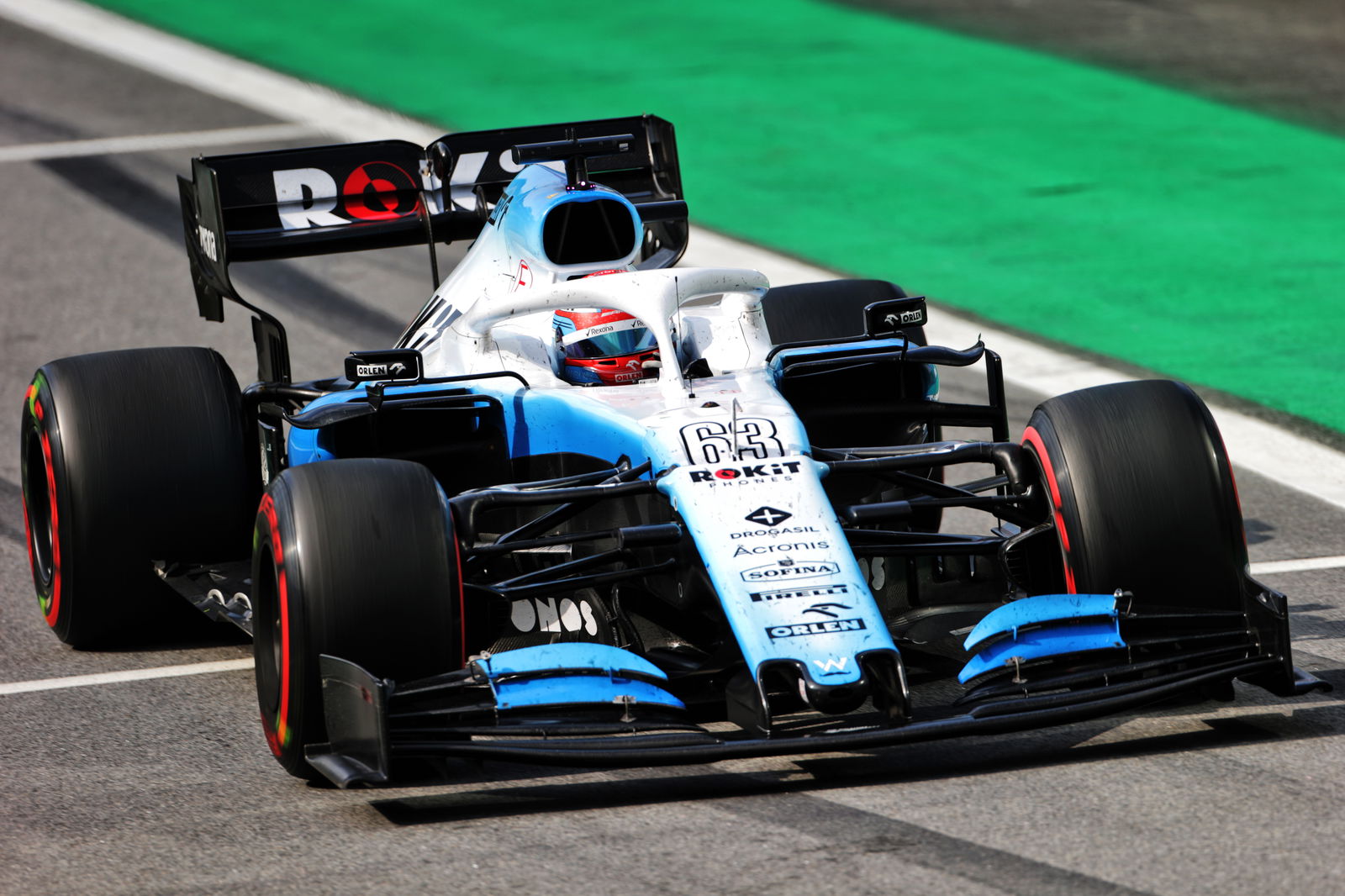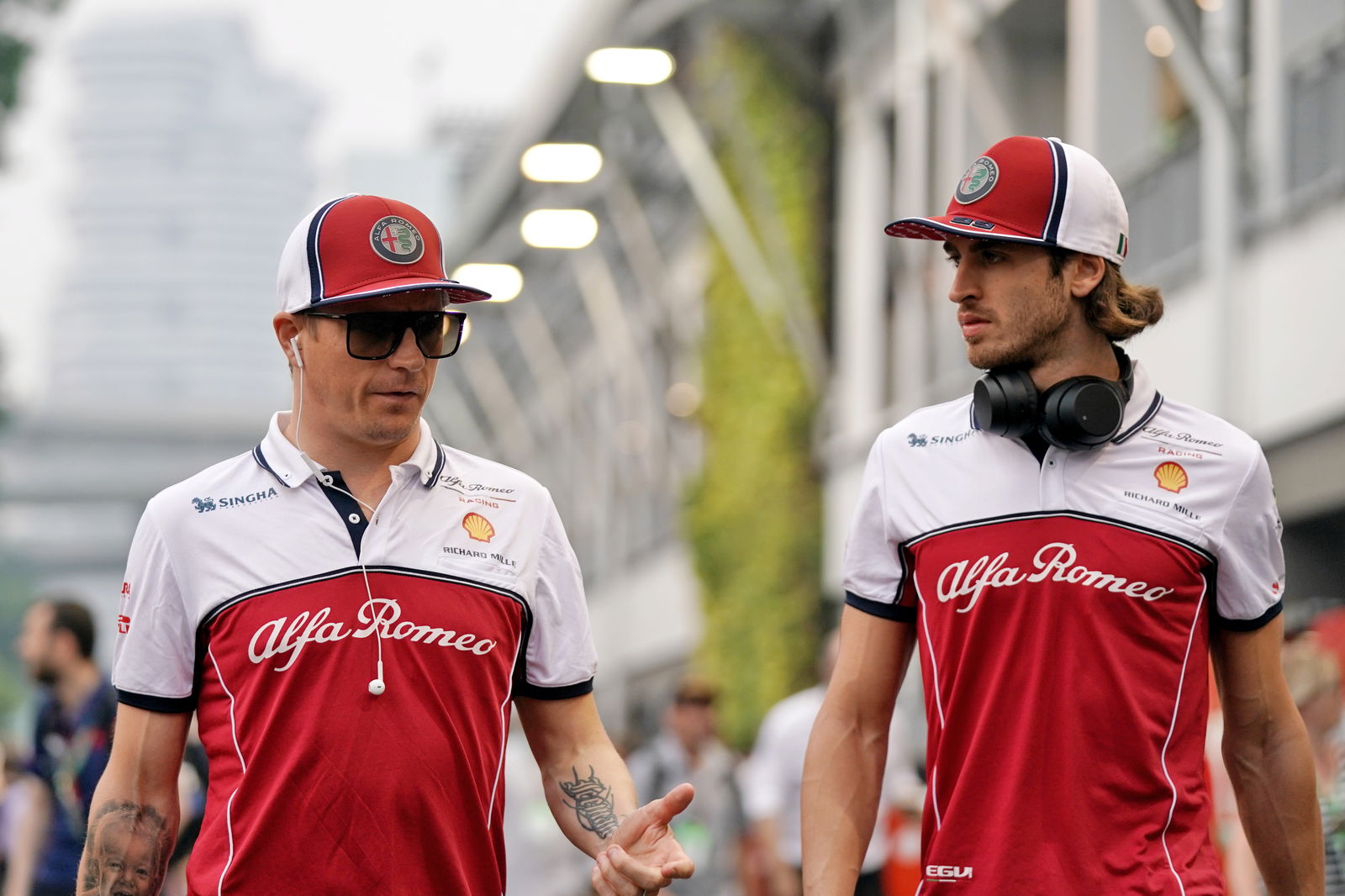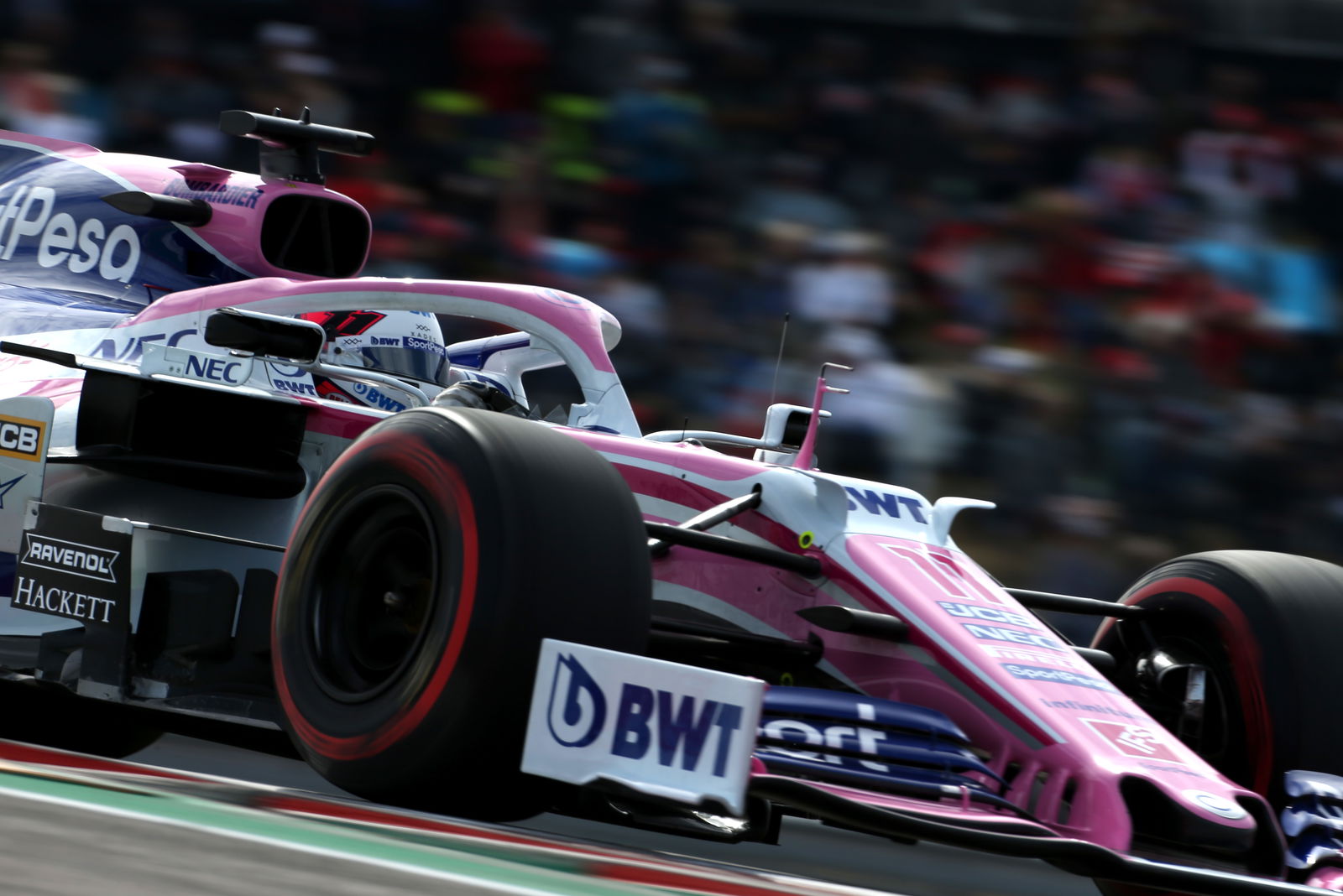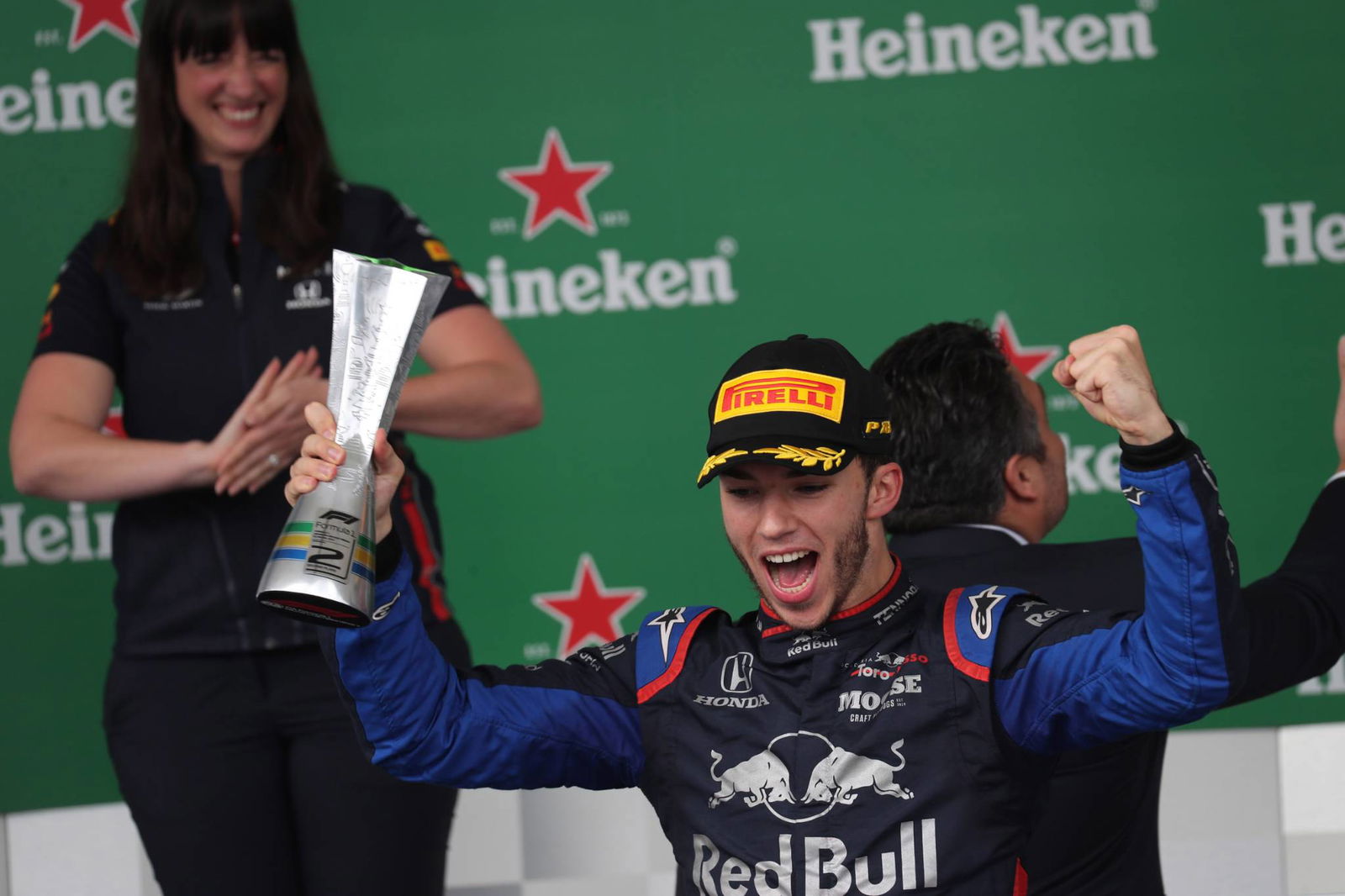What does each F1 team need in 2020? - Part 1
In the lead-up to the start of the 2020 Formula 1 season, Crash.net takes a look at what each of the 10 teams needs heading into the new campaign.
In part one, we preview Williams, Haas, Alfa Romeo, Racing Point and AlphaTauri.

In the lead-up to the start of the 2020 Formula 1 season, Crash.net takes a look at what each of the 10 teams needs heading into the new campaign.
In part one, we preview Williams, Haas, Alfa Romeo, Racing Point and AlphaTauri.

Williams: Stability as focus shifts to 2021
Following the strife it faced in the early part of 2019 that set the tone for the rest of its season, Williams will enter 2020 craving stability and a smooth, trouble-free year.
Any hopes of rejoining the midfield fight and getting in the mix for points on a semi-regular basis need to be shelved until 2021, when the shift in the regulations will give Williams the chance to get out of its recent decline.
Missing the first two-and-a-half days of pre-season testing last year summed up the mess Williams was in, resulting in the departure of technical chief Paddy Lowe and a restructuring of the team.
But there was steady progress throughout the year. George Russell qualified 4.8 percent off the pace in Australia, but got the gap down to as low as 2.9 percent in Hungary, and was regularly under 4 percent in the closing stages of the season. The team could take plenty of positives from its advancements, even if it was starting from a long way back.
Russell will step up as team leader following an impressive rookie season that helped energise Williams through its struggles. The arrival of Nicholas Latifi naturally helps balance the books, but the Canadian has been a safe pair of hands through his time in Formula 2, earning his shot on the F1 grid. With a combined age of 45, it’s a young, fresh line-up that can hopefully buck the trend of any recent stagnation.
It’ll be about the basics: Get the car to testing on time. Get in a solid amount of running. Understand the car. And from there, build a good basis from which to springboard back into the midfield come 2021.

Haas: A proper understanding of its car
Haas was one of the biggest mysteries of the 2019 season. Despite impressing through pre-season testing and leading the midfield with Kevin Magnussen’s run to sixth in Australia, the VF-19 turned out to be an unpredictable and somewhat enigmatic car that left the team scratching its head.
Magnussen said the inherent issues with the chassis became apparent as early as the second race in Bahrain, but the update package brought to the Spanish Grand Prix failed to offer a real step forward, instead making the car more difficult to drive.
Romain Grosjean flagged up the issue early, but it was not until Silverstone that the Frenchman was permitted to return to the Australia-spec setup. The team tinkered with various hybrid specifications at other events, but a haul of just two points post-Hockenheim was a paltry show.
Haas reckons it has got to the bottom of the aerodynamic issues on the 2019 car – often pinned on Pirelli’s tyres – and can avoid making the same mistakes for this year. But the team will need to have reviewed all of its processes and structures to ensure it does not end up going down the same path of developing such a problematic update package.
2019 ended the honeymoon period for Haas in F1. Gene Haas has made clear from day one he did not want to be in the sport to languish near the back of the grid, meaning a response this year is crucial. Regular points as in 2018 will be the target again.

Alfa Romeo: Two cars scoring points after one-sided 2019
Alfa Romeo had a lop-sided season in several ways. Early-season optimism soon faded as the rest of the midfield pulled away, leaving the team to end just three of the final nine races in the points.
Kimi Raikkonen’s experience from Ferrari saw him quickly step up as team leader and make the most of Alfa Romeo’s early-season pace, recording top-10 finishes in each of the opening four races. But by the time new teammate Antonio Giovinazzi – returning to full-time racing after a two-year spell that including just one racing appearance – had got up to speed, the team’s points-scoring potential had all but dried up.
Giovinazzi was undoubtedly stronger through the second half of the year, proving a close match for Raikkonen in qualifying in particular. But his races were still littered with errors, some more noticeable than others. The biggest came at Spa when he crashed out with two laps to go when running in the points.
Giovinazzi actually recorded three of Alfa Romeo’s four points finishes after the summer break – the fourth being Raikkonen’s fluked fourth place in Brazil, where Giovinazzi himself finished fifth – but will need to build on that momentum this year. Had he theoretically matched Raikkonen’s points tally through 2019, Alfa Romeo would have outscored Toro Rosso and taken sixth in the standings. Instead, the final score was 43-14 to Raikkonen, with 10 of Giovinazzi’s 14 coming at Interlagos.
Added pressure on Giovinazzi comes in the form of the brood of Ferrari-backed youngsters racing in Formula 2 this year. Mick Schumacher, Robert Shwartzman, Marcus Armstrong and Callum Ilott will all have designs on an Alfa Romeo F1 drive for 2021, meaning if Giovinazzi wants to be sure of his future in the sport, he’ll need to hit the ground running in 2020.

Racing Point: Continued momentum following Force India transition
2019 was always going to be a difficult year for Racing Point. Following the collapse of Force India and its rescue by Lawrence Stroll’s consortium, the team had been forced to put development on the backburner as it focused on survival instead.
It meant the first Racing Point car was hardly a match for its midfield peers, as seen in Sergio Perez’s eight-race run without points between Baku and Spa. Lance Stroll was able to snatch points here and there, most notably taking fourth place amid havoc at Hockenheim, but struggled to find real consistency.
But by the time the steady flow of updates started arriving, the team became increasingly competitive. Perez took points in all but one race after the summer break, and led the midfield more times than any other driver in that same period. By Abu Dhabi, the Racing Point looked like the strongest car outside of the top three.
Carrying that momentum into this season will be crucial. There is proper stability at the Silverstone-based operation for the first time in years, allowing it to prepare for the new season without any concerns over its future or where the money is coming from.
Racing Point’s sizeable war chest courtesy of Stroll Sr. also means it can throw a lot at preparing for 2021 and the incoming budget cap without taking too much away from this year. The kind of ‘either/or’ decision that may have been forced in the past should not be an issue this time around.
It’s a good time to be at Racing Point. Perez is on a long-term deal and comfortable as the team leader. Stroll Jr. is showing signs of progress and a decent foil to his teammate. And if the back end of 2019 is anything to go by, it could yet reclaim its place at the head of F1’s midfield pack.

AlphaTauri: Define expectations as a new brand
No, it’s not called Toro Rosso any more. Yes, it’s going to take us all a while to get used to it.
The AlphaTauri rebrand marks the beginning of a new era for the artist formerly known as Toro Rosso, with hopes undoubtedly buoyed by its brace of podium finishes through 2019. Daniil Kvyat’s run to third in Germany looked like the peak of the team’s season, only for Pierre Gasly to go one better and nab second place through the late drama at Interlagos.
And while it may have put the team just six points off its long-standing target of a top-five finish in the constructors’ championship, it should not be taken as the norm. The podium finishes were freak results – especially in Kvyat’s case, given Gasly had been the midfield leader all weekend long at Interlagos – and should not set the tone for the next chapter through 2020.
The biggest takeaway from Toro Rosso’s 2019 was its consistency. It regularly featured in the midfield fights instead of having the wild swings of form it did in the past. Gasly and Kvyat both looked comfortable and content in the team. The relationship with Honda remained as good as ever. Everything was very stable.
AlphaTauri will look to capitalise on its form from last year as a good starting point for the new season, but expectations will need to be kept in check – unless Red Bull decides the rebrand is part of a wider push to take the team up the grid.
The AlphaTauri fashion brand is fairly high-end, so to see the team dawdling near the rear of the midfield may not add up with the new principles in place. Defining these expectations will be key to the team moving forward.
There’s a good buzz at Faenza right now off the back of the 2019 success. The rose may be by another name in 2020, but the hope will be it smells as sweet.

